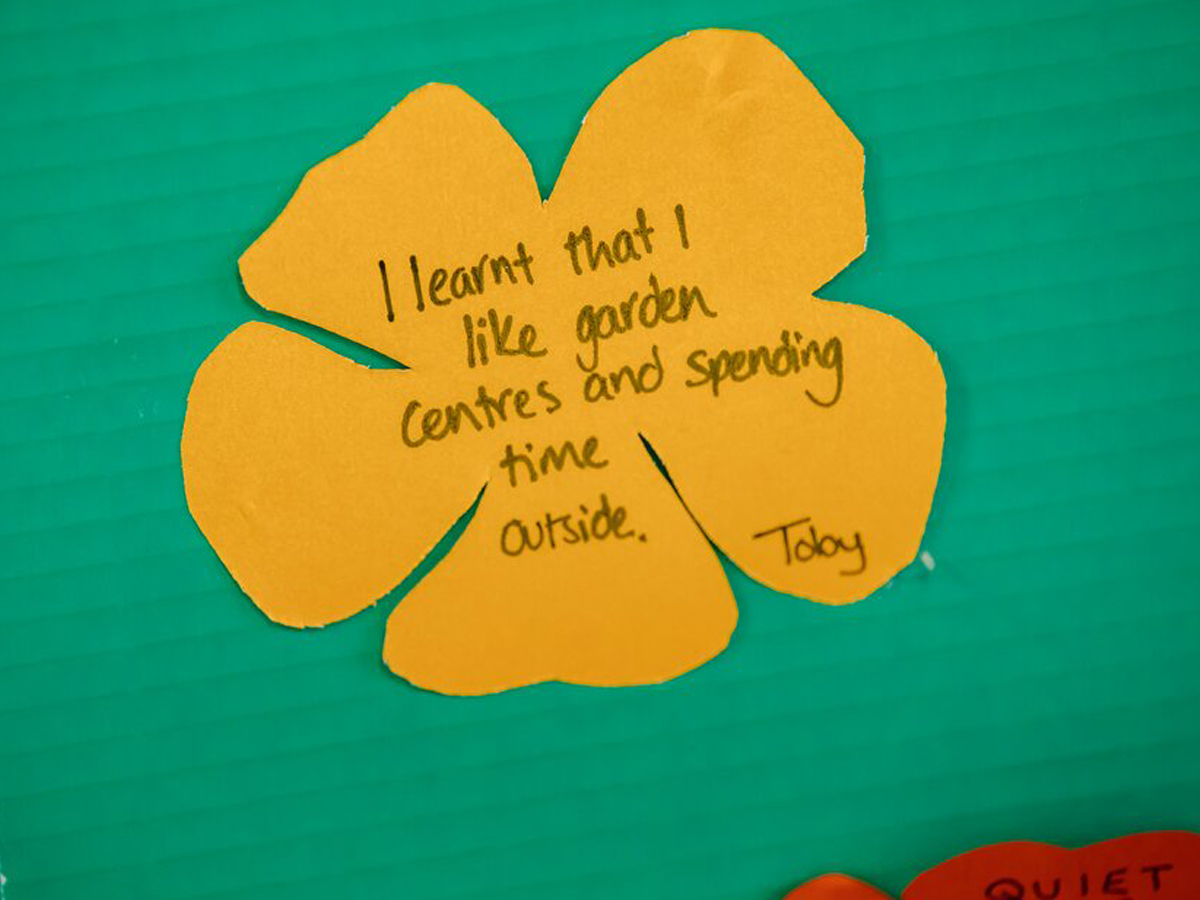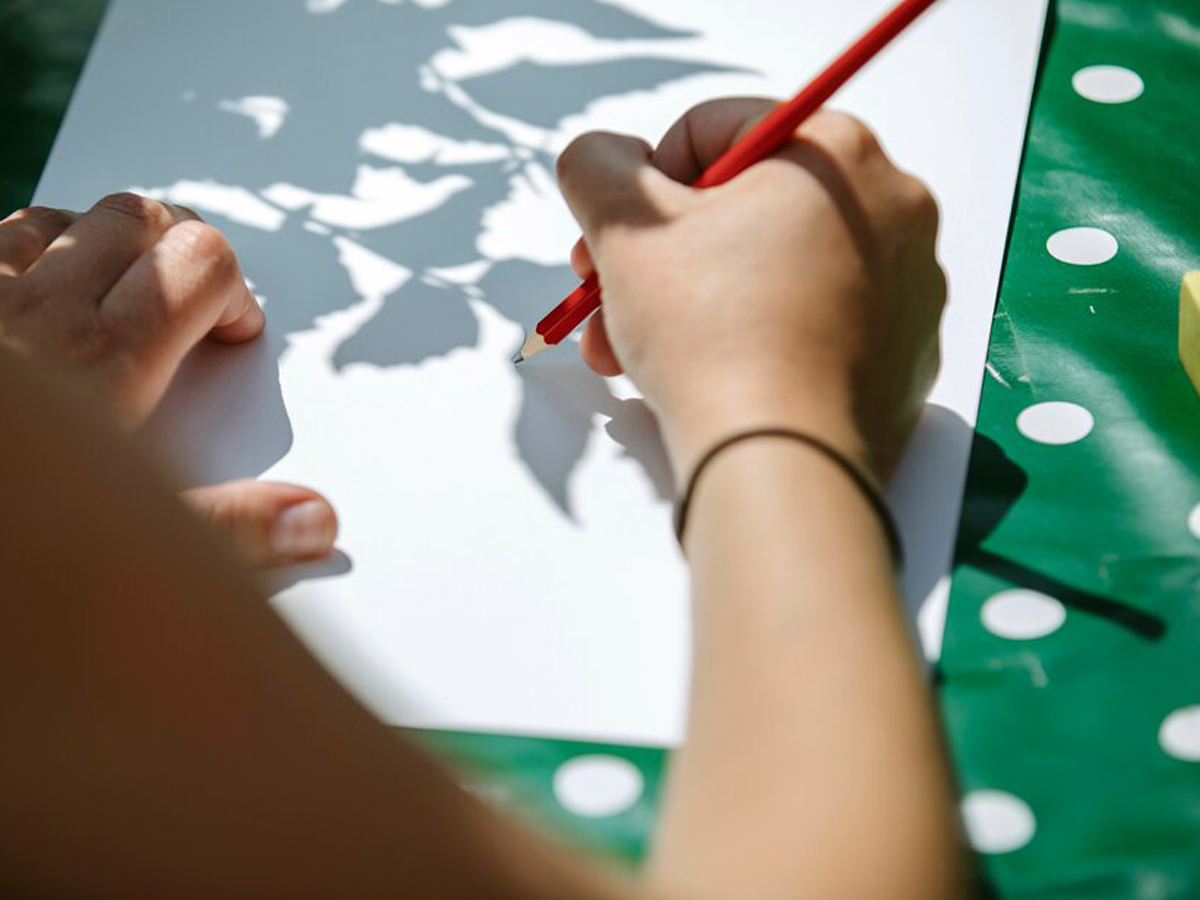Capturing impact: A Nature Park Guide
The aim of the National Education Nature Park programme is to support children and young people to develop a positive connection with and a deep understanding of nature, finding and exploring their role in contributing to change. Developing the skills and competencies to be agents of change and having a voice to share ideas and make decisions that improve the local area can support learners to be aware of how nature-based group and personal actions and activities can have a positive impact on their wellbeing.
Collecting evidence of the activities, experiences, reflections and responses of children and young people can, however, provide the following benefits:
- To capture the achievements and recognition of children and young people in contributing to their nature park, helping them to keep on track with their Nature Park goals
- To inform future learning and elicit and challenge misconceptions
- To allow young people and children to take ownership of their own learning and next steps (in relation to the development of knowledge, skills and confidence)
- To celebrate and share the impact of the National Education Nature Park programme to other stakeholders (e.g. School Leadership Team, governors, Ofsted, parents and the local community)
- To support educators in reflecting on which activities and strategies are more engaging and successful for the setting and needs of the children
The following recommendations can support the collection of rich evidence and impact of National Education Nature Park engagement:
For learners:

© RHS, Credit: RHS / Helen Yates
Circle time and short reflections
Conducting group discussions and short, single reflection point at the end of each activity. This can be conducted as a circle time, smaller group discussion, or your children and young people may prefer more individual reflection through the use of ‘exit tickets’ using the following sentence stems:
- Today’s activity helped me think about…
- Today’s activity helped me learn…
- I have this question after today’s activity…..
- Today’s activity made me wonder if……(wondering keys into deeper thinking and reduces the level of risk)
- One thing I’ll remember from today’s activity is…….
- Today I learned…..I know this because……
*A selection of these sentence stems can be printed on small ‘tickets’ if you want to capture written evidence of individuals or a group of children and young people
**Use these as opportunities to celebrate small wins and incremental progress
Building a picture of the learning journey
- Drawing together the impact after a sequence of activities and lessons
- Pulling together a paragraph of writing from snippets written or drawn during the lessons
- Mind mapping pro-forma filled in or extended each week as reflection activity and used to re-establish learning at the beginning of the next session
- Mind mapping or drawing at beginning/middle/end of project
- Biodiversity is……(e.g. 10 min to draw/note as many things as possible)
- Using a KWHL template (What we KNOW, what we WANT to know, HOW we will find out and what we have LEARNED) - use the downloadable worksheet for learners to fill out

© RHS, Credit: RHS / Helen Yates
Nature journalling
Learners can use separate sheets of paper or an exercise book to build a nature journal of observations and reflections. Alternatively, learners could create their own nature journal from scratch (try this tutorial video)! A journal can be a personal space to document thoughts, feelings and learnings, as well as nature observations, findings and creative outcomes. Nature journalling could be fit into a short session weekly, or learners could document one thing in their journals after each Nature Park activity.
Here are just a few prompts that could help children and young people explore nature journalling:
- Collecting or pressing found objects such as leaves
- Drawing interesting observations – such as shapes, patterns, or colours
- Creative writing responding to nature – a short story or poem
- Photographs
- Collages using found images or mixed media
- A space for their own outcomes produced in Nature Park activities – e.g. Design a plant, Creative responses to a place, Write a poem
- This Nature Park activity explores zine-making to communicate your Nature Park journey, observations or communicate a message to others.
The use of a floor book or a working wall to capture experiences (EYFS and primary):
- Photographs (e.g. of grouping and sorting in hoops)
- Drawings
- Questions, ideas, reflections
Big ideas/little ideas approach
This approach supports learners to record thoughts that come to mind straight away and encourages more creative thought. The exercise provides evidence of developing understanding as sessions progress and enables fundamental misconceptions to be addressed as they arise. At the end of a series of sessions, learners re-visit their ‘big ideas’ and comment alongside them, offering further evidence of their developed understanding at the end of the learning focus.
You can use the downloadable templates to help learners start using this approach. You could frame the exercise as big and little 'ideas' formulated during an activity or session, or big and little ‘questions’ raised.
Educator reflections, too!
And as an educator, you may wish to reflect on the impact of the sessions:
- What did you learn from the activity?
- What worked well?
- What would you change and what individual needs can you support further?
- What would you share with other colleagues?
Use our reflective planning tool to evaluate your actions and record impact:
Educator Reflective Planning Tool
Call to action
The National Education Nature Park programme would love to hear about the progress of your school’s nature park. We believe positive change together means being inspired by examples of action and impact, no matter how small. Share your stories with us by emailing [email protected] and tag your posts with #EducationNaturePark on social media. Collecting evidence of the process can also provide rich information as part of a school’s Climate Action Award application.
Thumbnail image: © RHS, Credit: RHS / Mark Pinder